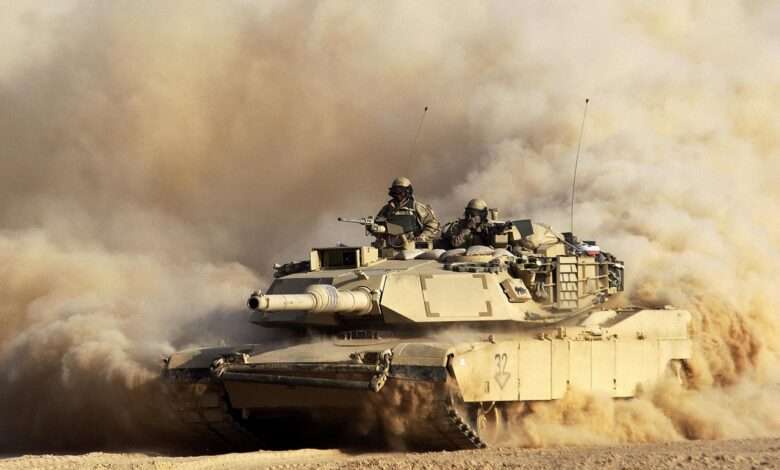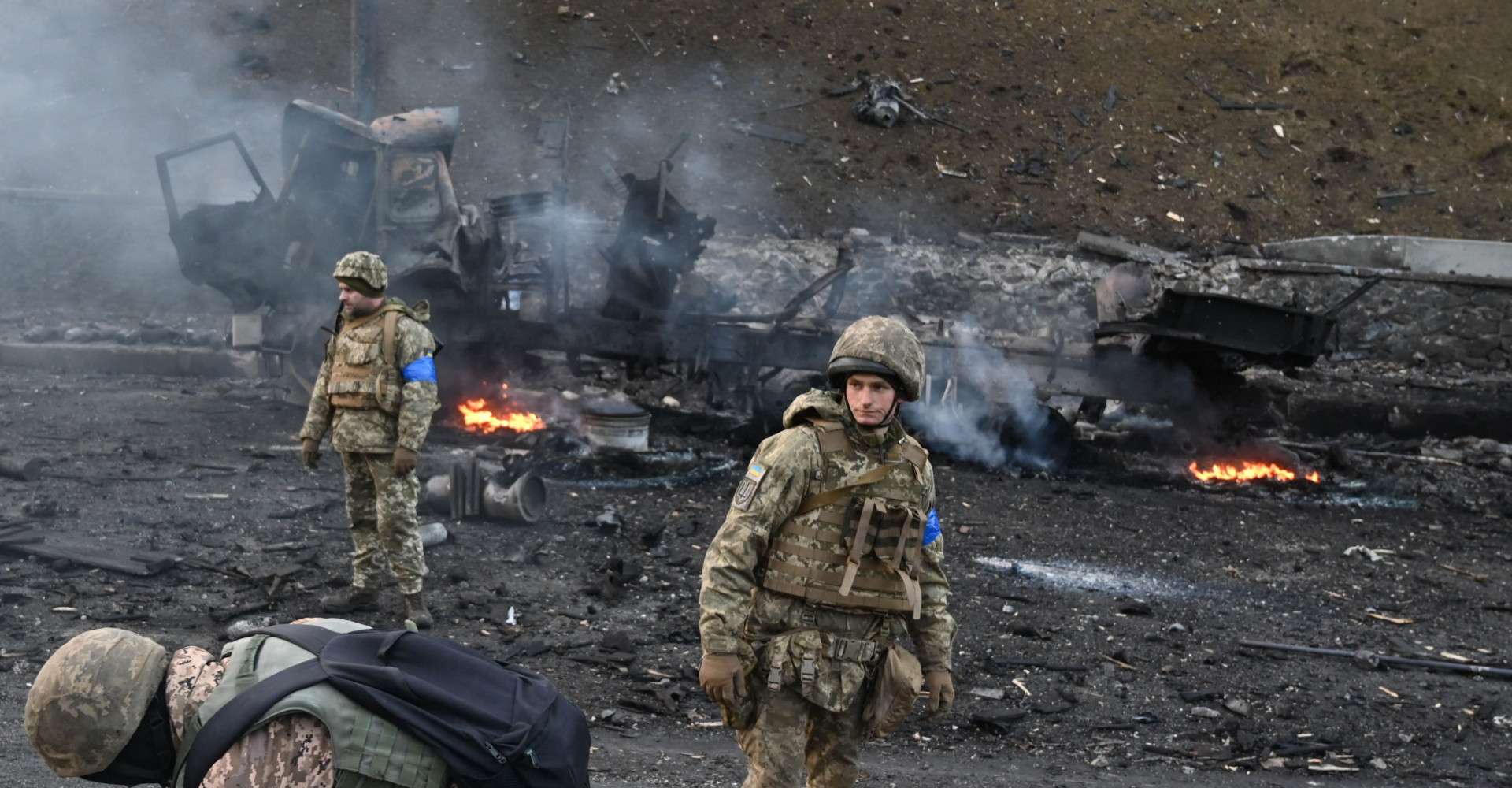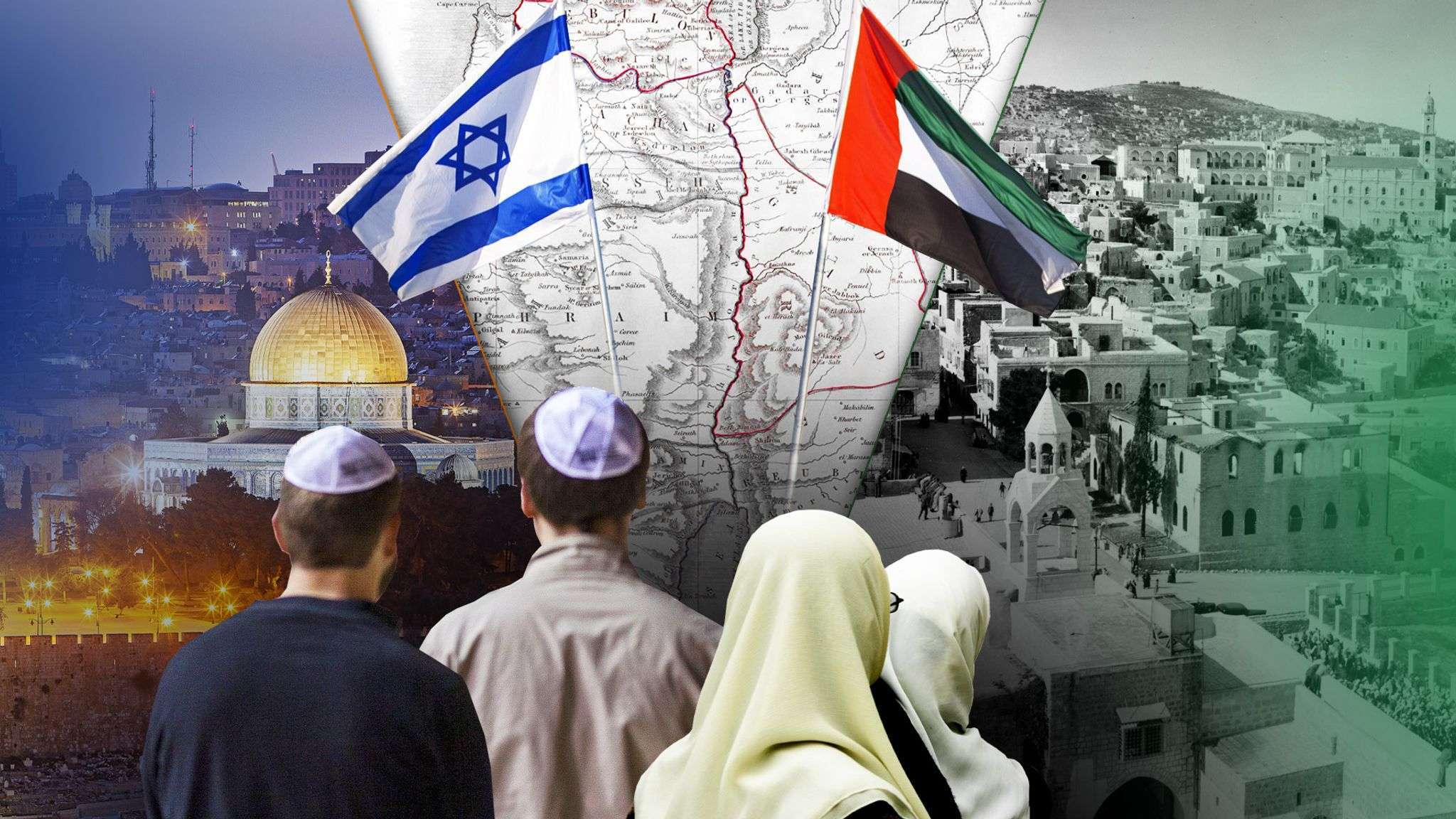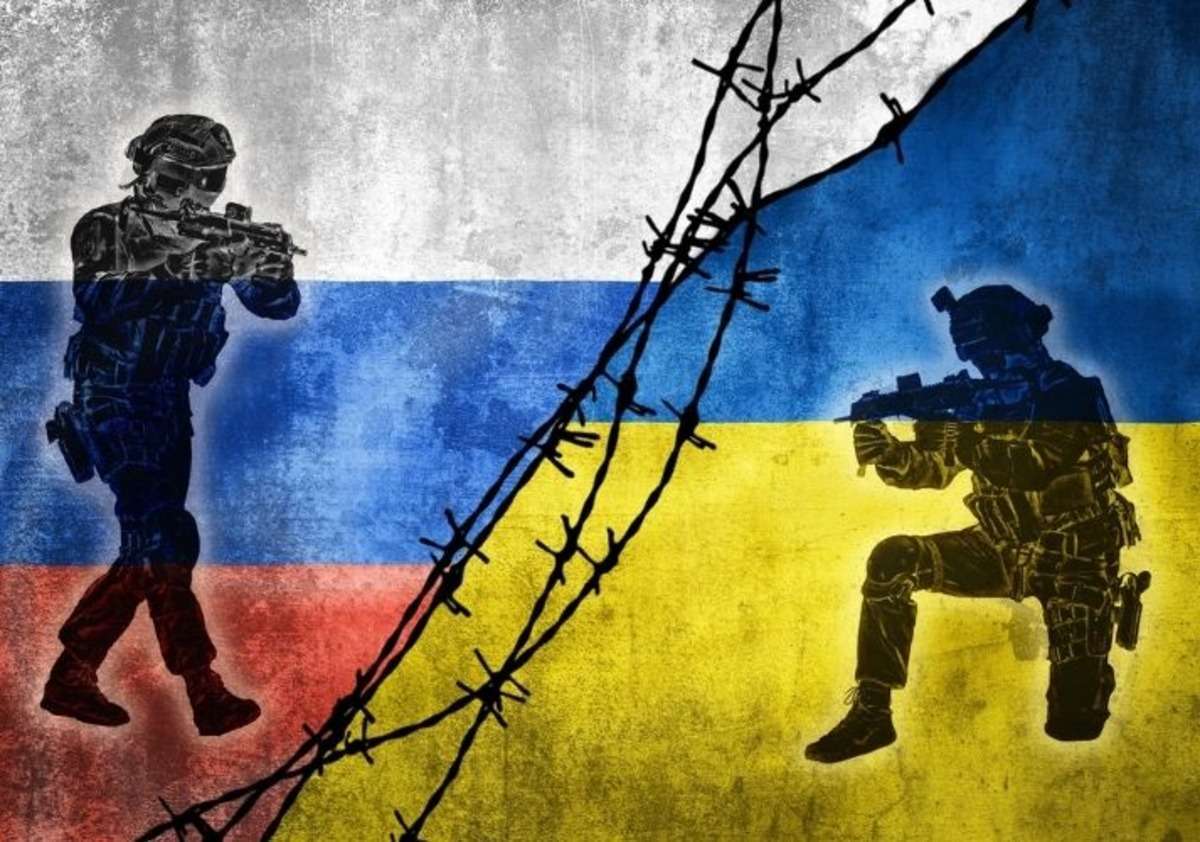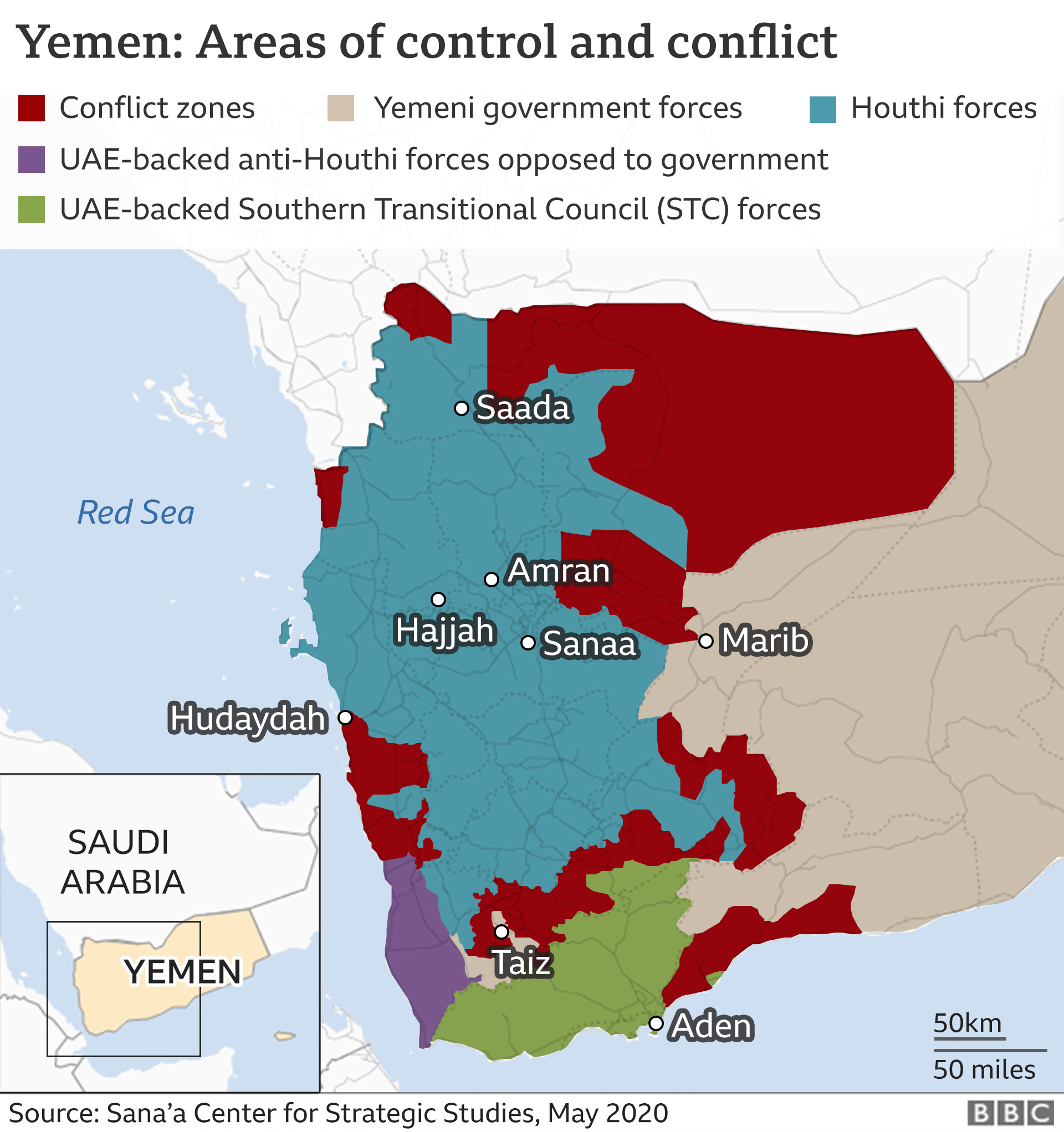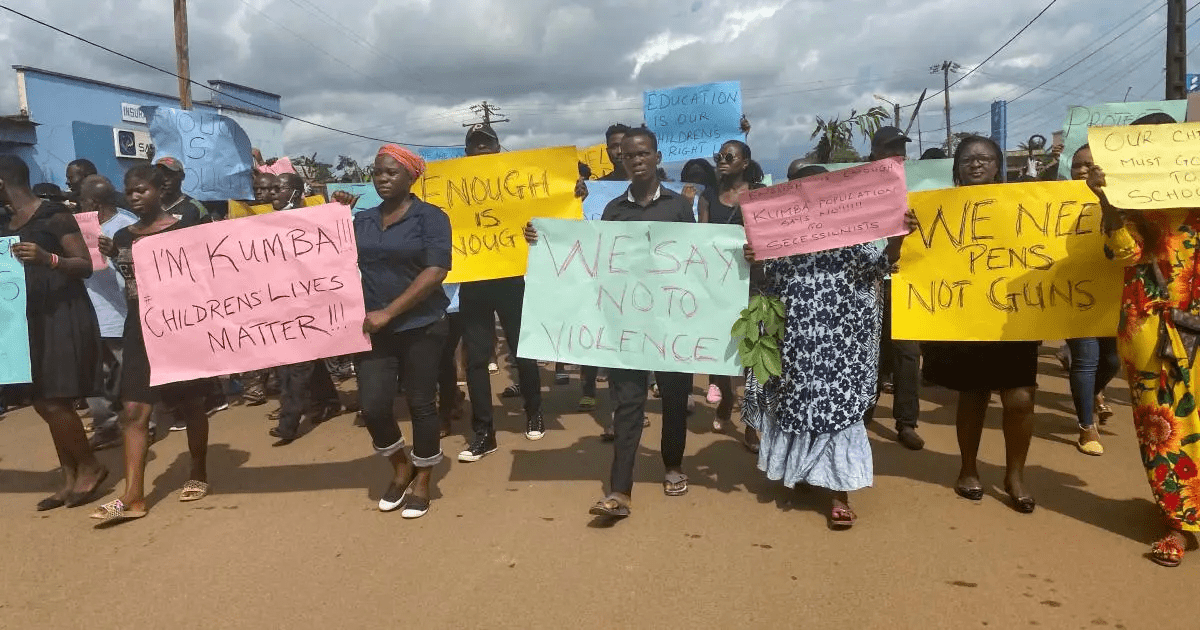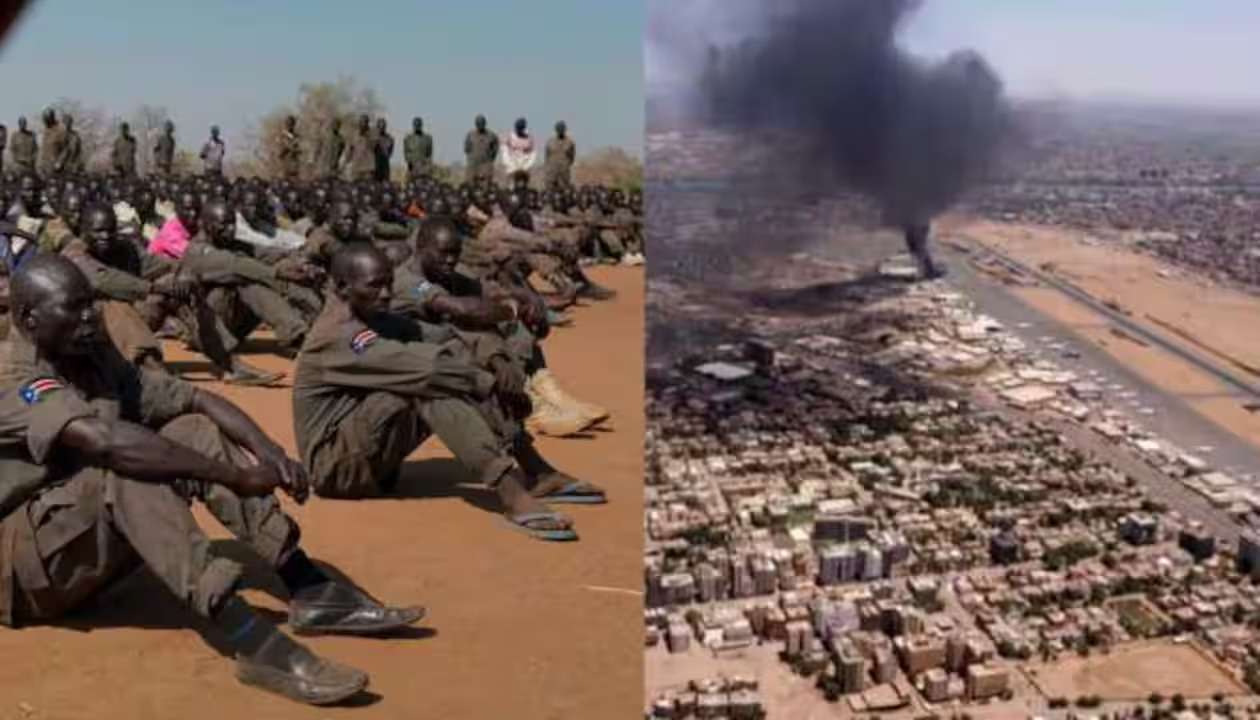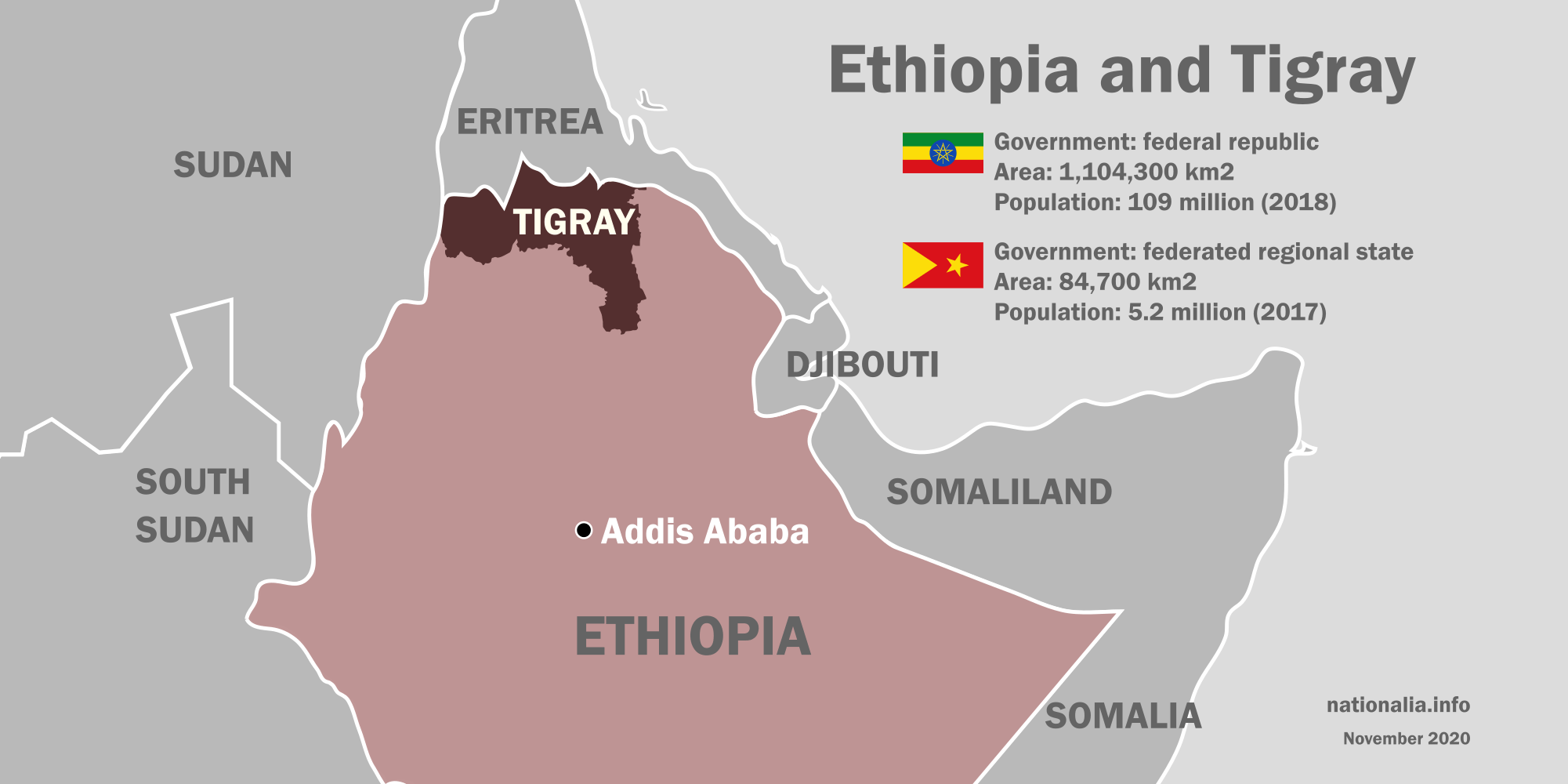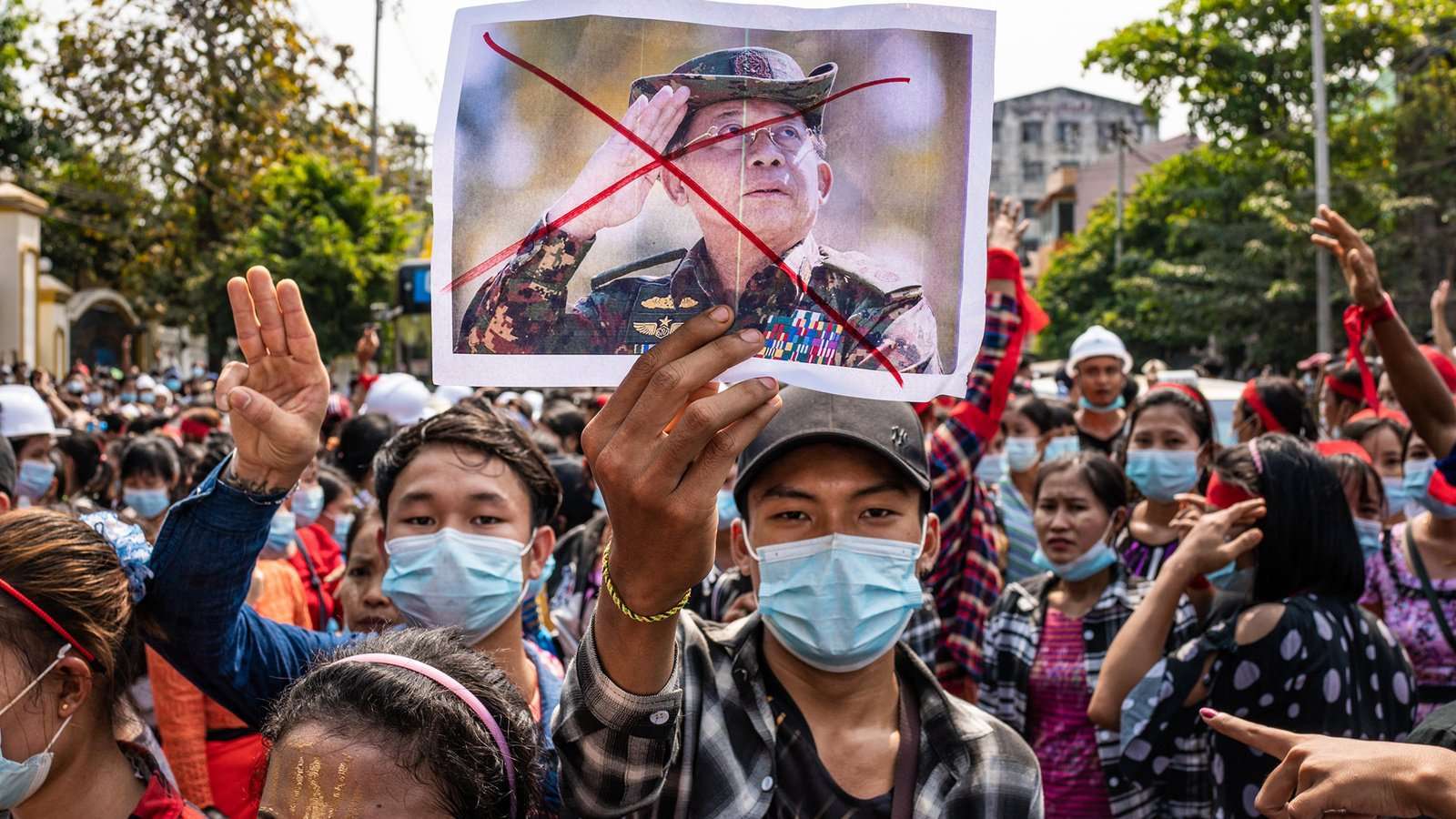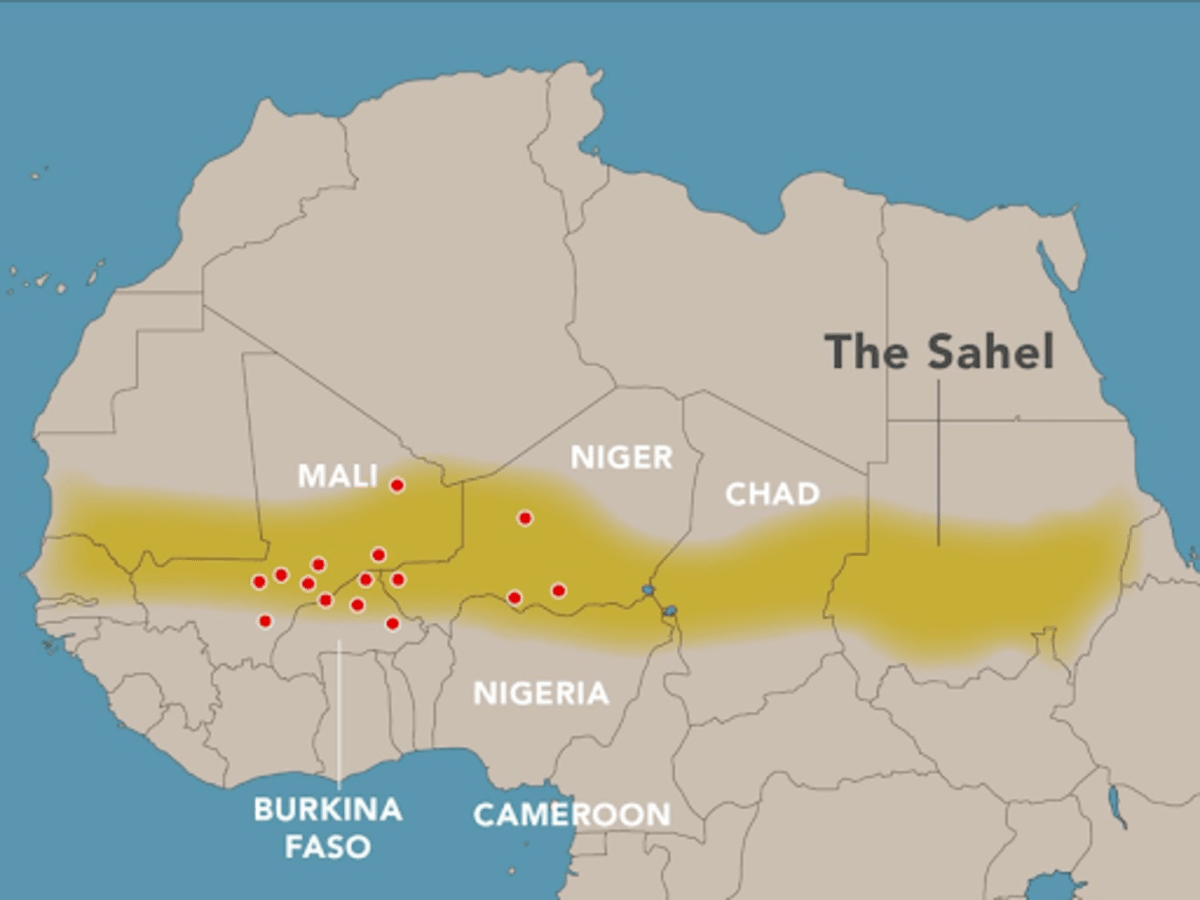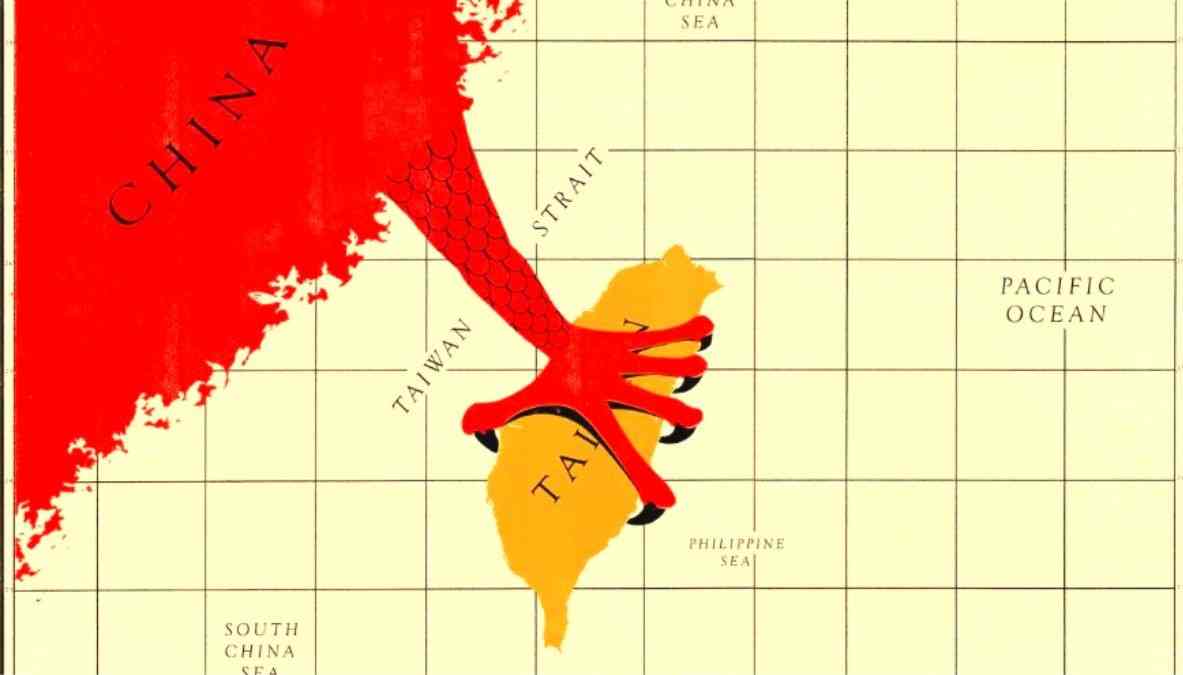In 2024, one out of 6 people is going through armed conflicts in one way or another. The level of violence has been increasing steadily for the past few years.
This year has witnessed the maximum number of countries being involved in wars since World War II in the early 1940s.
Wars are not always necessarily a conflict between two countries. Civil wars are happening in all different parts of the world.
The number of elections this year was unprecedented and could be a major factor in domestic violence and international spillover in 2024.
Most importantly, the outcomes from the US general election this year could significantly influence cartel violence in Mexico, as well as Ukraine’s deadly clashes alongside Palestine (and Yemen’s Houthis).
According to the ACLED conflict index, 50 countries in the world are either currently in wars or debilitated by ongoing violence at the beginning of 2024.
2023 witnessed a 12% increase in unrest over 2022 and a 20% increase over 2019.
Most of us are acutely aware of two main wars going on at the moment – between Ukraine and Russia and the conflict between Israel and Palestine.
The mainstream media, however, doesn’t give much coverage to wars in many other parts of the globe.
So much of the bloodshed in wars is happening on a daily basis on which there is little to no global spotlight.
This article will go over as many ongoing conflicts as possible and open your eyes to the many ill-known wars of the world.
1. Israel and Palestine
Israel’s conflict with Gaza has resulted in the deaths of at least 37,431 individuals and the injury of 85,653 others since October 7. Since then, 54 Palestinian detainees have been killed in Israeli-operated cells.
The 1948 Palestine War was precipitated by the 1947 UN Partition Plan for Palestine, resulting in the departure of the majority of Palestinian Arabs, the emergence of Israel on the majority of the Mandate’s territory, and the sovereignty of Egypt and Jordan over the Gaza Strip and the West Bank, respectively.
Israeli control of the West Bank and Gaza Strip (later referred to as the Palestinian territories) during the Six-Day War of 1967 is now regarded as the longest-running military rule in modern history and has garnered global outrage for its violation of Palestinian human rights.
The conflict has been the subject of numerous attempts at resolution as part of the Israeli–Palestinian settlement process, in addition to efforts to resolve the broader Arab–Israeli conflict.
2. Russia and Ukraine
After crossing the international border, Russia has made strategic advances in the northern region of Ukraine’s second-largest city, Kharkiv.
In recent weeks, Vovchansk, which is situated 74km (45 miles) from Kharkiv, has been the target of severe bombing. Although an important settlement in the region, it has no particular military significance. However, capturing it would be a demoralizing blow to Ukrainian confidence.
Even though many casualties are probably still unidentified, the devastation of the Nova Kakhovka dam resulted in a significant increase in the amount of fatalities among civilians.
This was because Russia refused to allow relief missions to access occupied areas. Even though Russia’s widespread striking of Ukrainian energy infrastructure during harsh winters resulted in severe distress for civilians throughout the nation, facilities were not entirely disrupted.
In defiance of sanctions, Russia has acquired a supply of North Korean artillery shells and also increased its arsenal of weapons.
A seemingly invigorated Russia is intensifying its offensive on Ukraine in an attempt to compel it to give up land for a ceasefire. Recently, Ukraine was provided with a huge financial and warfare support from the USA to battle against Russia.
It is likely that the conflict will be maintained for a minimum of one year until the next US federal election, during which a potential Republican triumph could potentially disrupt the G7 agreement on the continuation of assistance to Ukraine.
3. Armenia and Azerbaijan
The conflict between Armenia and Azerbaijan over the Nagorno-Karabakh region.
Since the days of the Soviet Union, when both countries were a part of it, Russia has long acted as the mediator between these two small countries.
But with Russia’s attention now elsewhere, the delicate balance has been offended despite US efforts to mediate in June of last year.
Throughout history, Armenians have been oppressed by Azerbaijanis. Their culture was suppressed and they were threatened to leave the Nagorno-Karabakh region, despite Armenians being in majority there.
In the aftermath of the Soviet Union’s dissolution in the early 1990s, the conflict quickly escalated into a full-scale war.
Artsakh and Armenia emerged victorious in the conflict, which resulted in the occupation of the territories surrounding Nagorno-Karabakh during the Soviet era.
Expulsions of ethnic Armenians from Azerbaijan and ethnic Azerbaijanis from Armenia and the Armenian-controlled areas occurred.
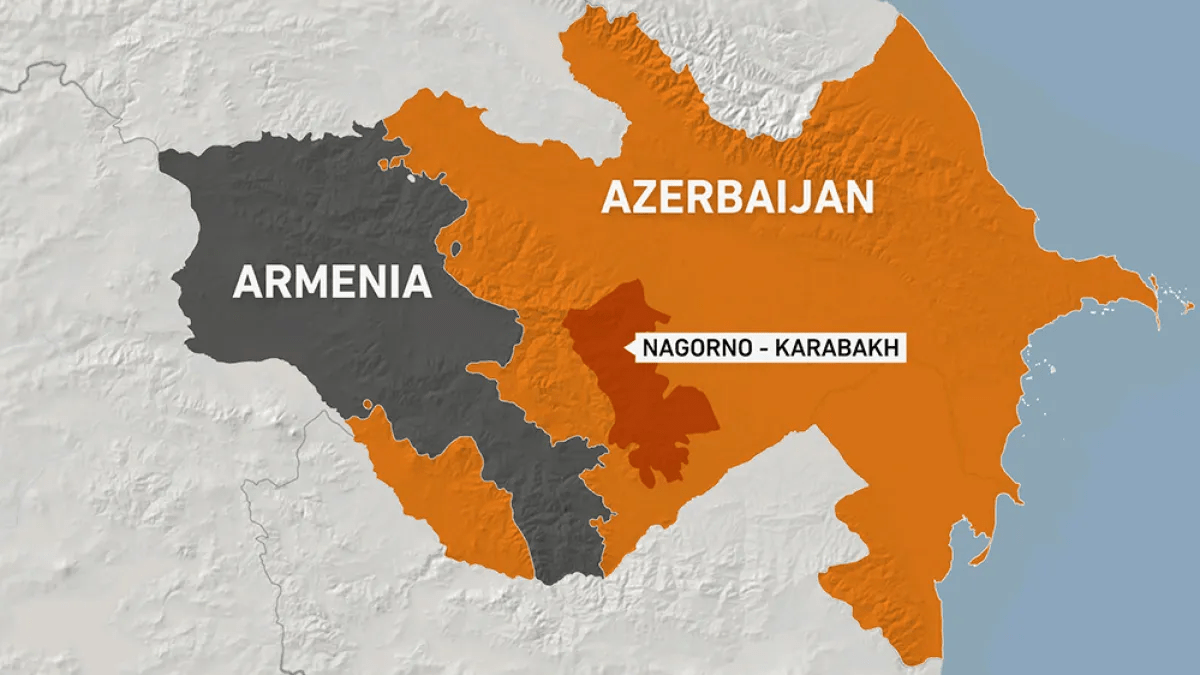
The Second Nagorno-Karabakh War, which took place on a grand scale in late 2020, concluded with a substantial Azerbaijani victory and the loss of thousands of lives.
A tripartite ceasefire agreement was signed on November 10, which led to the establishment of an armistice.
As a consequence, Azerbaijan reclaimed all of the occupied territories surrounding Nagorno-Karabakh and captured one-third of the region.
Russian peacekeepers have protected the Lachin corridor, a vital route for supplies like food and medicine flowing from Armenia, but after they left, Azerbaijan took advantage and blockaded the corridor in December 2022, causing severe shortages.
Azerbaijan launched military action in Nagorno-Karabakh on September 19th, 2023, in which it sent as many as 100,000 troops to invade the Nagorno-Karabakh region in the span of a mere 24 hours.
The troops completely overtook it, and Artsakh officially ceased to exist on January 1st, 2024.
With Armenia weakened, threatened by neighboring Turkey, and abandoned by its International allies, Azerbaijan remains officially at war with the country, and it is feared that the situation could explode soon as Azerbaijan is demanding a corridor through Armenia to connect the exclave of Nakhchivan to the rest of the country.
In March of this year, the Armenian government gave up its control of four villages and handed them over to Azerbaijan.
These villages were seized in the first war in 1990.
This has led to internal protests against the government in the country.
4. Democratic Republic of Congo and Rwanda
Let’s move to Africa where regional instability in the eastern region of the Democratic Republic of the Congo threatens to become a regional conflict.
Between 2022 and 2023, a dangerous political crisis spilled over the border into neighboring Rwanda.
Following the national elections in December, President Félix Tshisekedi, who was recently re-elected, will be responsible for managing a variety of security threats, the reduction of international military and peacekeeping forces, and a tumultuous relationship with several eastern neighbors, particularly Rwanda.
A contested election led to widespread unrest, violence against perceived illegitimate victors, and the suppression of political opposition by those in power. This suggests that the domestic political situation in the post-election environment will likely maintain its volatility in 2024.
Also in 2023, disputes over land and authority between the Teke and Yaka communities persisted in the western region of the country. These disputes also extended to Kwango territory.
North Kivu province was the site of the most violent incidents, which were primarily caused by political rivalries, disputes over land, mineral interests, and foreign intervention.
In the near future, it is unlikely that the escalating violence will be resolved.
Over the past decade ethnic M23 rebels in the east of the Democratic Republic of Congo formed a rebel military group against the national government. In June 2022, the government accused neighboring Rwanda of backing the rebels which was later confirmed true by the UN experts.
The situation has led to border clashes with Rwanda in 2024, and the situation continues to deteriorate rapidly after Burundi accused Wanda of actually training rebels of the same Tabara movement that tried to overthrow the Burundian government in 2015.
Many fear the war will spread into the Greater East Africa region.
There is reasonable suspicion that Russia is behind some of these geopolitical shifts of power in Africa or that they are at least taking advantage of ongoing tensions between several African countries. Western neglect and lack of involvement in the region has paved the way way for terrorist or nationalist groups to overthrow pro-western governments or long-established dictatorships.
5. Venezuela and Guyana
Another potential International war could break out between Venezuela and Guana after Venezuelans voted to claim a huge chunk of Guyana’s territory as their own and send troops to the border.
Venezuela is continuously expanding troop size to the Guyana border. The Cuyuni River is being crossed by a bridge to connect the Venezuelan riverbank to the island, which has been a source of dispute between the two countries since it was awarded to Guyana in an international tribunal ruling in 1899. In the 1960s, Venezuela annexed it.
An area adjacent to the airfield was depicted in satellite imagery from March, containing over 75 field shelters, which is sufficient for a battalion having more than a hundred soldiers. The field tents have since been relocated to the southern side of the airfield, “proving the facility’s persistent potential to provide supply and replenishment for a substantial armed force on a regular basis for more than an entire month.”
A small country rich in resources, Guyana is on the verge of being the largest per capita oil producer in the world, thanks to its extensive hydrocarbon reserves.
Nevertheless, it is projected that its army is composed of fewer than 5,000 personnel and is unable to confront potential Venezuelan invasion due to an acute shortage of weaponry and personnel.

6. Yemen
Yemen has been in a deadly Civil War since 2014 between the Saudi-backed coalition government and the Iran-backed Houthi Rebels.
The situation is already dire enough with as much as 75% of the population left in need of humanitarian aid and close to half of Yemen’s population currently facing the risk of starvation due to the ongoing conflict right now.
The country is sparsely controlled by a handful of different factions beyond the Houthi rebels controlling the capital Sana’a and the area surrounded and the official government controlling much of the Eastern side of the country, Jihadi groups are taking advantage of local dire situations here and there.
In addition to them, the STC, otherwise known as the Southern Transitional Council movement, is profiting from support by the UAE to seize control over the southern portion of the country to claim its independence, pretty much like Yemen was split before it united in 1990.
Yemen’s Civil War has yet again made the news as the Houthis have been firing Rockets across the Middle East against Israel in retaliation for the military operations against Hamas which is part of the same Shia Muslim Coalition supported by Iran elsewhere in the region.
In response Western forces like the US and UK have summoned attacks on the Houthi military targets.
Israel and the United States have foiled the majority of the 14 drone and missile attacks that the Houthis have fired toward Israel’s southern port of Eilat since October 19, 2023.
In the following escalated situation, they designated Israeli-linked ships en route to Israeli ports as targets for warfare on the “Gaza front.” This resulted in one successful hijacking and 19 drone and missile assaults on commercial vessels in November and December 2023.
This is contributing to disruptions to global trade in the focal point of the Bab El Mandeb Strait (a sea corridor), forcing cargo ships around Africa to deliver Goods to Europe.
Additionally, the Houthis may utilize their commanding status in internal security matters as an additional bargaining chip. It is improbable that conflict will escalate in Yemen as a result of the ongoing discussions; however, frontline activity may recommence immediately if the negotiations fail.
The Houthis could potentially obtain the upper hand in the oil-rich Marib governorate or Shabwa in such a scenario.
7. Cameroon
The small country of Cameroon in Africa has also suffered a civil war since 2016 when separatist from the Ambazonia region declared their independence.
Cameroon was once split into a French and British colony. The result is that the Ambazonia region is english-speaking while the rest of the country speaks French. This crisis is called the anglophone war as the English-speaking minority fights against the wealthier and more powerful Francophone majority.
8. Sudan
Sudan is involved in a deadly Civil War, where military factions ripped open old wounds when they stage a coup in 2021.
The UN is seriously concerned about the stability of the country as millions of people have been displaced to refugee camps and growing clashes threatened to spill over into South Sudan which gained its independence from Sudan in 2011.
9. Ethiopia
Perhaps one of the worst situations in Africa is currently in Ethiopia’s Tigray region.
Already one of the poorest areas of the country, Tigray is scarred by past conflicts that led to the independence of Eritrea in the 1990s.
The war with Eritrea left a strong Ethiopian military presence in the Tigray region which is home to the Tigran people who have long enjoyed a degree of autonomy.
However the tide changed in 2021, when the current prime minister AB Ahmed’s Prosperity party gained a large majority in the Ethiopian Parliament and called for more centralization of power.
Tigray’s subsequent Rebellion has been severely repressed pushing 3 and a half million people or more than half of its entire population to the brink of starvation.
Tensions had already come to a boiling point in November 2020 when the Ethiopian Federal forces invaded the Tigray Capital Mekelle. They installed an interim Governor after the previous administration authorized new parliamentary elections despite a ban by prime minister due to the pandemic.
More recently PM Ahmed has decided to divert international attention from Tigray by threatening neighboring Eritrea to six years after the last standing peace deal between the two countries which had earned him a Nobel Peace Prize.
The issue at hand is Eritrea’s Independence made Ethiopia a landlocked country denying it access to the global trade opportunities of the Red Sea. Ethiopia is now threatening to regain sea access by force for the time being. Ethiopia is seeking to establish a port in neighboring Somaliland, a de facto independent region of Somalia.
If this idea is successful war could spread to the entire Horn of Africa and beyond as Ethiopia’s promise to formly recognize and protect Somaliland in return for the deal has irritated neighboring Egypt and Somalia.
10. Myanmar
Another civil war carries on in Myanmar where the military Junta returned to power in a brutal coup in 2021. The situation heated up in October 2023 when different rebel factions brokered a deal to unite against the military government in a joint offensive operation that has now displaced more than 350,000 people from their homes.
Since October last year, there has a significant increase in armed assaults against innocent civilians, mainly in the northern Shan and Rakhine provinces. Typically, the army and resistance forces engage in fighting, which is followed by a surge in the bombardment of residential neighborhoods.
In December, the military allegedly threatened to continue their “aerial bombardment” of the villages and towns that were seized from them by the rebels.
Civilians in neighboring countries are also vulnerable due to the ongoing conflict. For instance, at the beginning of this year, a weaponry projectile landed in China, resulting in deaths among civilians.
The military and resistance forces are expected to continue fighting in 2024, despite numerous setbacks.
11. Sahel
A decade-long regional jihadist insurgency, which is being propelled by al-Qaeda’s Sahelian branch Jama’at Nusrat al-Islam wal-Muslimin (JNIM) and the Islamic State Sahel Province (IS Sahel), has enveloped the central Sahel states of Burkina Faso, Mali, and Niger, all of which are currently governed by military juntas.
The condition in central Sahel is worsening as the region experiences another record-breaking year of violence.
In 2023, Burkina Faso experienced a twofold increase in the number of individuals slain by political violence, placing it as the second most violent country in West Africa, following Nigeria.
The number of deaths due to political violence in the central
Sahel region surged by an astonishing 38%, while civilian casualties surged by more than 18%.
The most severely affected countries by the crisis, Mali and Burkina Faso, are classified as experiencing elevated levels of violence.
In 2024, it is probable that the violence in all three central Sahel states will remain high.
Burkina Faso experienced a significant increase in fatalities in 2023, with over 8,000 individuals believed to have died as the country contended with an uprising of civil war-like magnitude that was nearly countrywide. In spite of the army’s endeavors to control militants, which have included the initiation of numerous ground assaults and the utilization of unmanned drones and helicopters, it has been unable to achieve its objectives in numerous regions and has experienced several failures.
Massacres of civilians were committed in Djibo, the capital city of the northern Soum province.
12. Haiti
Lastly Central America’s affliction of organized crime and cartels is getting out of hand as conflicts develop into proper Civil Wars according to many analysts. Honduras have declared war against gangs that are causing unrest on a national level.
Haiti’s government has lost control over Public Safety as gang overwhelmed the capital Port Prince, causing more than 5,000 civilian deaths in 2023 alone.
The UN has declared an emergency and will be sending troops to keep the peace.
Similarly, Mexico’s long-standing problem with drug cartels is reaching a point of no return which pushed President Joe Biden to temporarily send 1500 troops to patrol the US border and tackle the resulting migrant crisis. As a result Mexico has been labeled the fourth most violent country in the world, despite formerly not being part of any war.
13. Ecuador
Drug cartels have been reportedly funding civil unrest and gang movements in Ecuador effectively crippling the central government’s ability and capacity to maintain order in some regions. The one bright spot in the region is El Salvador where the president seems to have fixed the country’s unbelievably horrible gang problem with authoritarian measures like throwing anyone suspected of gang membership in jail.
The country’s homicide rate dropped from 1147 to 556 in the past few years, but is giving up freedom for security worth the price?
14. Taiwan
Taiwan recently elected the most pro-independence leaders since it became a democracy, and Chinese President Xi Jinping responded with a threat in his New Year Speech, claiming that China will surely be reunified.
The threat of conflict in the Asia-Pacific region comes at an inopportune moment as the US and its allies are occupied with Ukraine and distracted by internal politics.
Japan is preparing for the worst and plans to rearm itself to a level unseen since World War II.
15. Cyprus
The Mediterranean island, partially occupied by Turkey since 1974, where recent incidents have pushed Turkey Cypriots to attack UN peacekeepers inside the buffer zone splitting the island in two. This attack has has been condemned as a serious escalation pushing Cyprus’s president to announce an increase of military spending by 2% of its GDP.
Conclusion On Wars In The World
In 2023, the expenditure by governments on wars, which included military disputes, gang conflicts, and low-impact hostilities, was USD 18.8 trillion, which accounted for 13.5% of global GDP.
The supply chain of companies and public authorities are at substantial risk due to involvement in the wars. Productivity decreases when livelihoods are lost as a result of wars or conflicts.
Similarly, the further away a nation is from wars, the fewer resources it has to dedicate to sustaining peace, and the greater it may allocate in other areas, such as training or medicine.
The most tranquil nations allocate just 3% of their GDP to the prevention of violence, while the most violent nations allocate 30%. The budget would be freed up if the wars were to be reduced. Economic prosperity is not a consequence of war. None of the nations involved in the war are economically prosperous (barring Israel and Russia).
The USA presidential elections are more important than ever as they decide the fate of many such wars.
